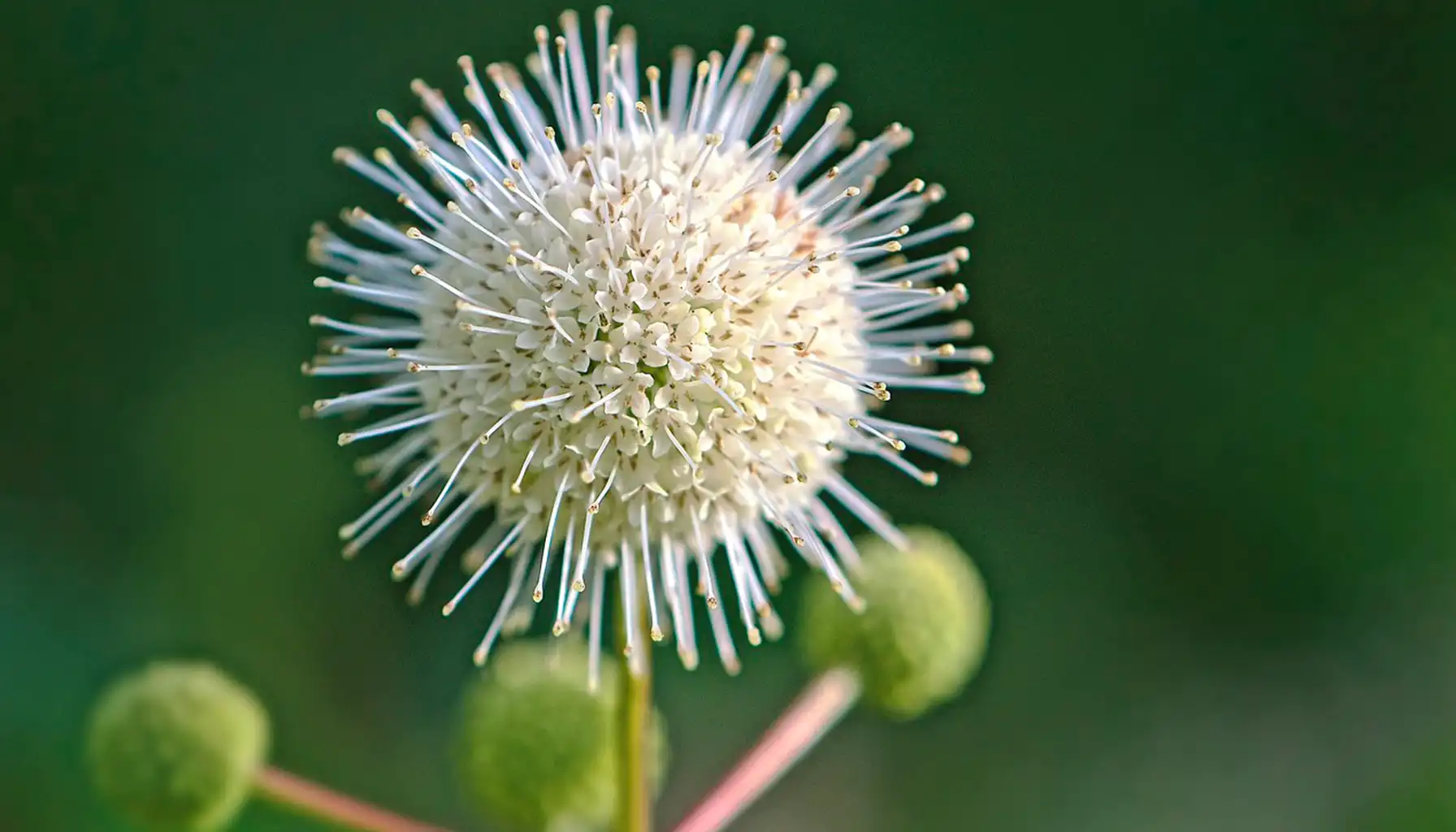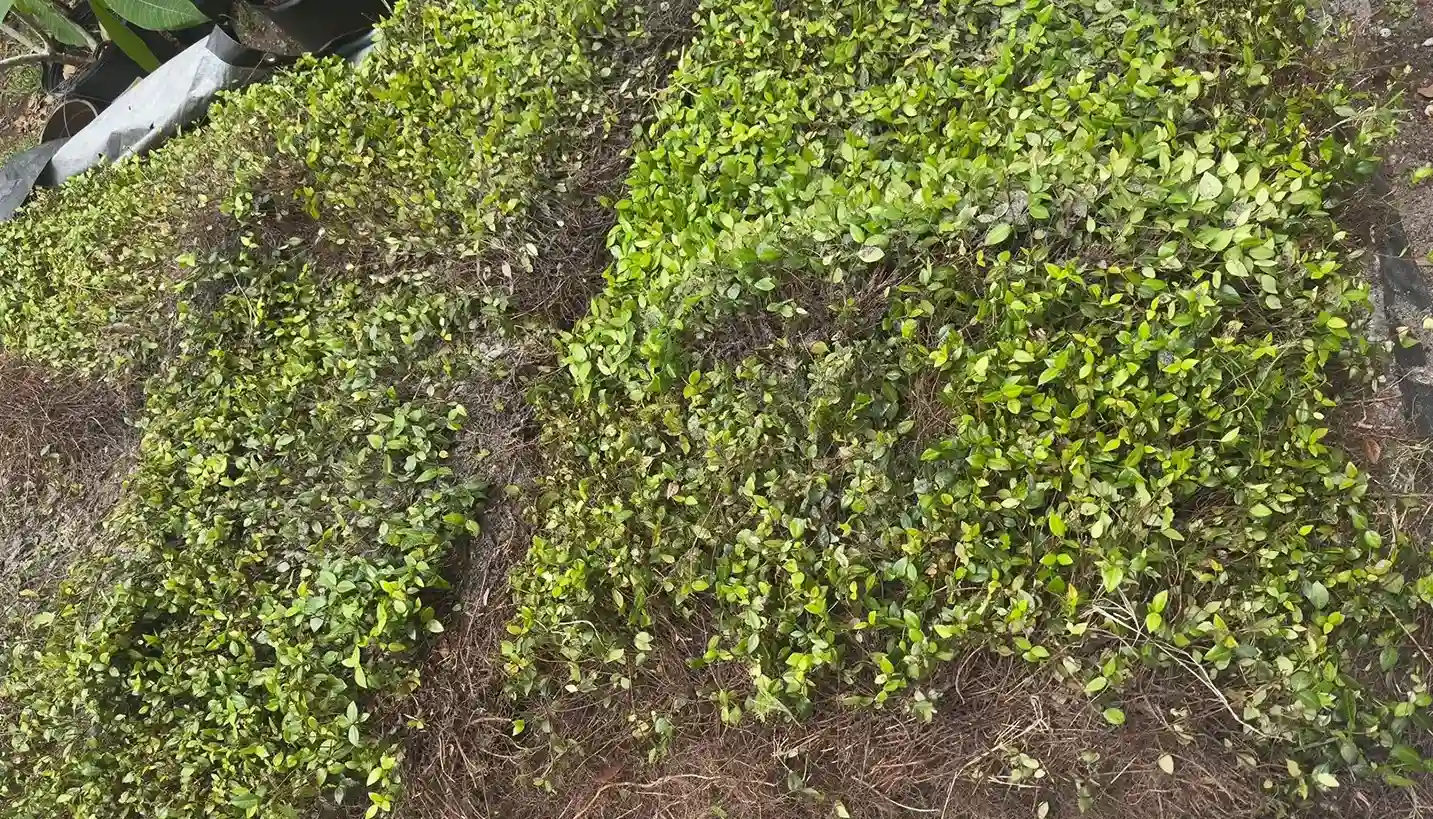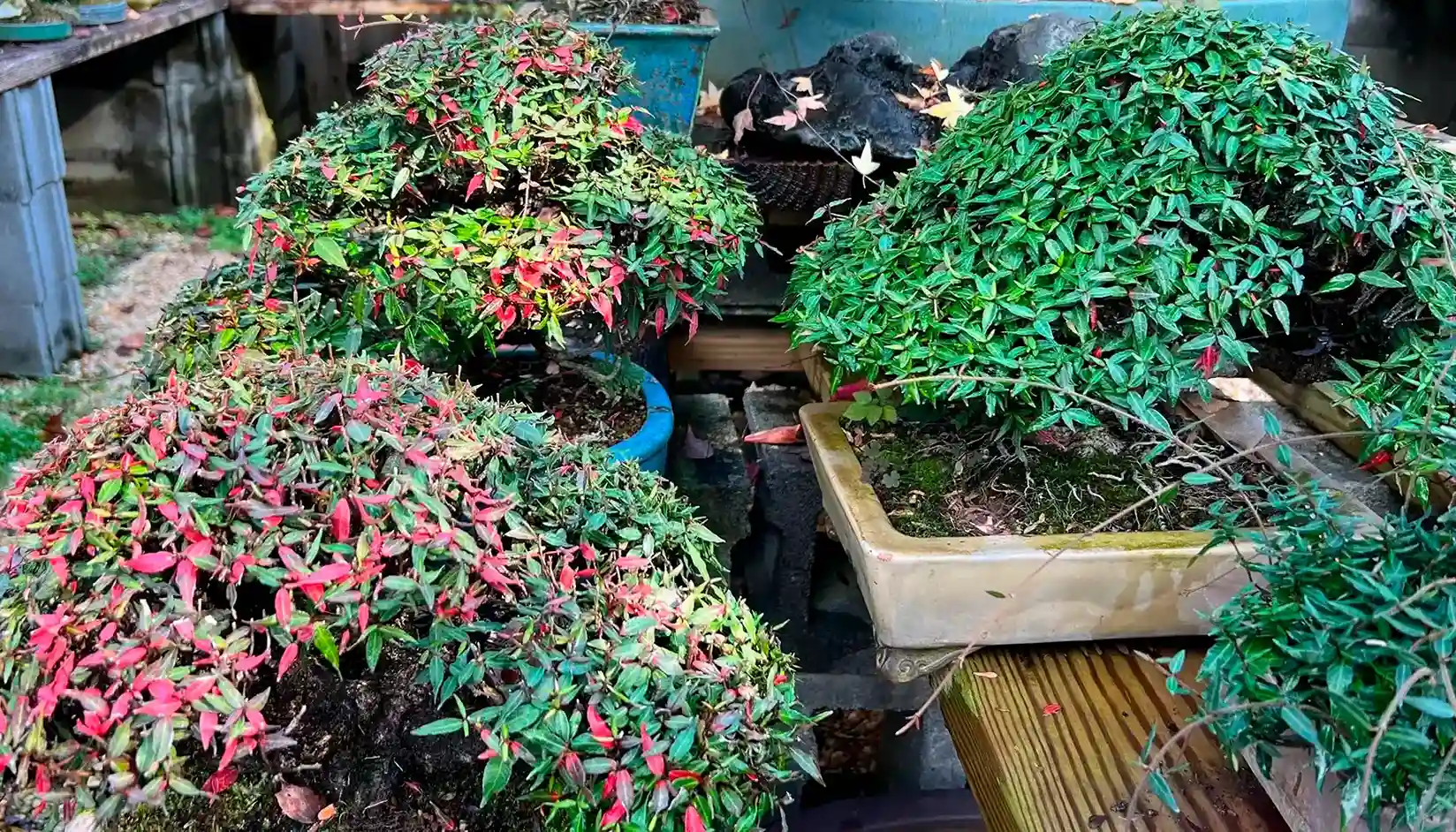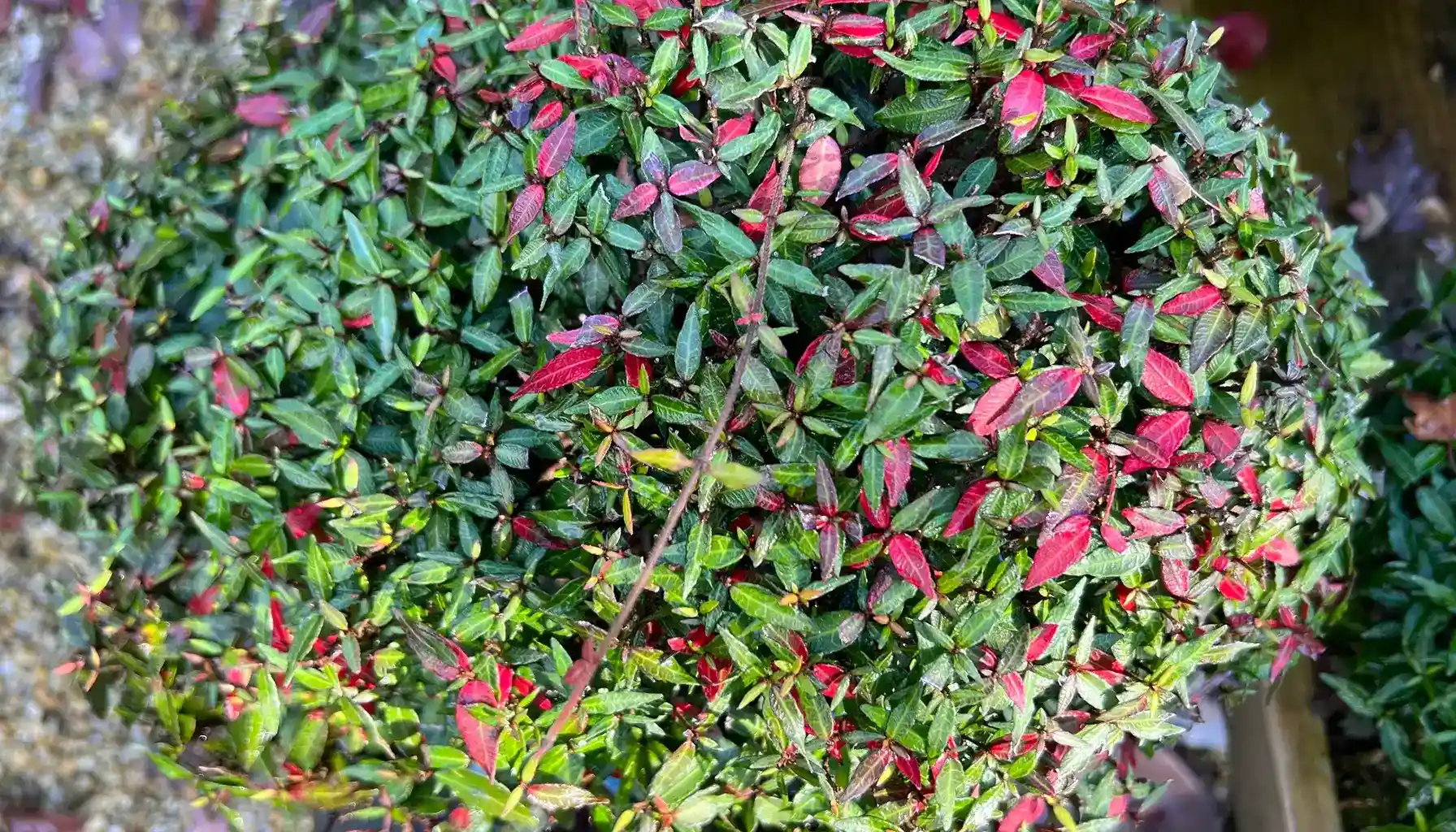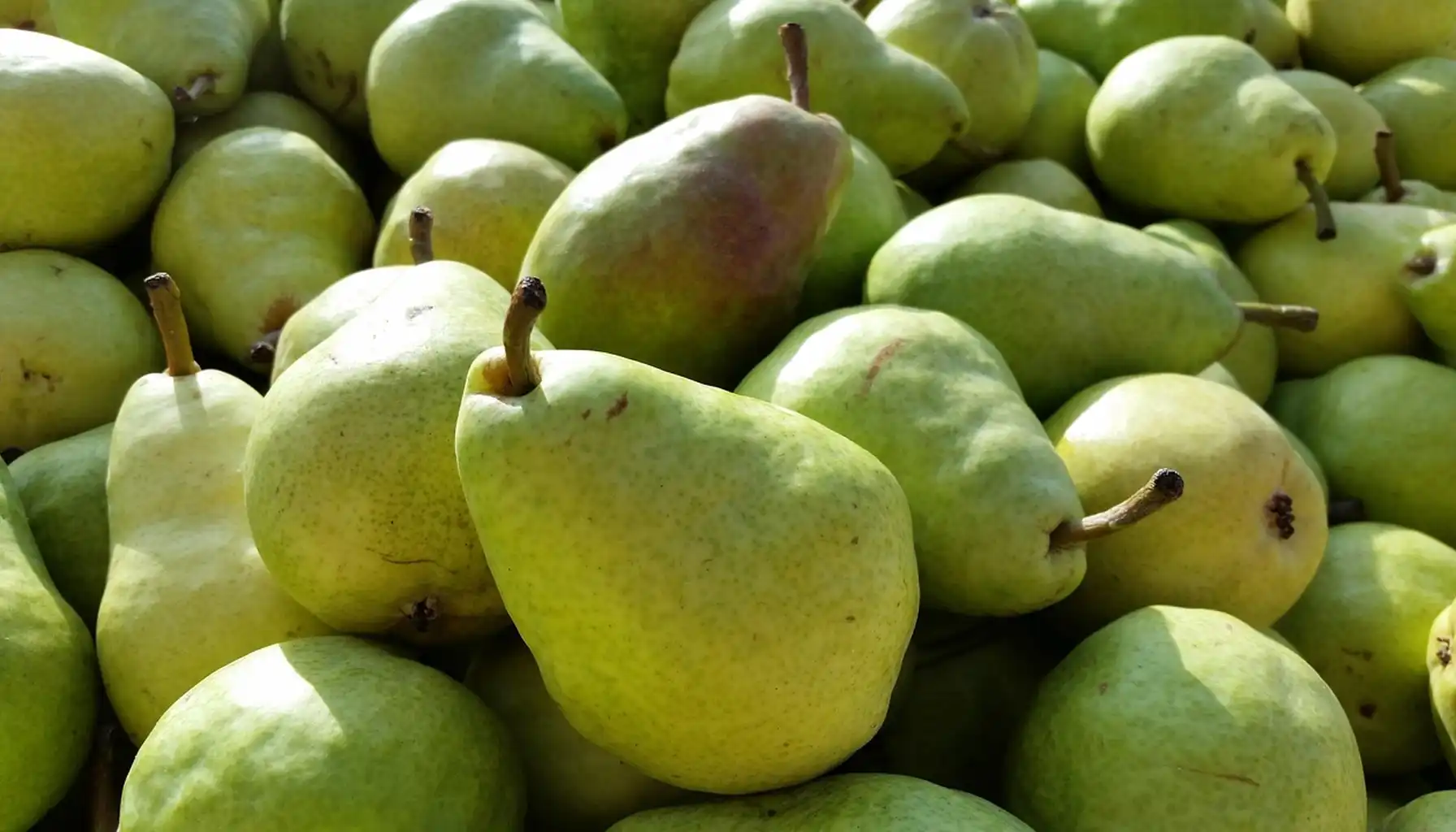Asiatic jasmine (Trachelospermum asiaticum) is the most adaptable groundcover for warm climates. The flower is native to Asia, has been cultivated for more than a century because of its quick coverage, and its ability to grow where turf grasses often don’t.
This jasmine asks for minimal maintenance and is pretty friendly for beginners. Just water and a bit of trim would be fine. And how would you know when to water and to trim it? At the beginning, you may use a plant identifier, because it has some features like water level, light meter, and disease detection. You need to put your camera at any plant and the program will tell you what to do.
It’s commonly grouped with ornamental jasmines, but the plant is technically a member of the Apocynaceae family. Which means it’s not a true jasmine (you may read about the Jasmine the Plant to know more how to take care of it), you won’t have so many flowers. People usually plant it for a dense carpet of leaves rather than for its blossoms. But it still has small, star-shaped flowers with seasonal fragrance.
The jasmine can serve as a climbing vine on fences and trellises, a trailing accent in containers, or, most famously, a ground-hugging spreader that keeps weeds out. Gardeners across USDA zones 7–11 use it to solve difficult landscaping issues. It tolerates heat, partial shade, and even brief frost, making it a practical choice in southern U.S. yards.
Description & Characteristics
Evergreen, woody, and quick to spread. Depending on how it’s trained, it can look different: creeping low across the ground, climbing like an asiatic jasmine vine, or shaped into a dense Asiatic jasmine shrub with regular trimming.
Leaves are leathery, oval to elliptical, and glossy green through most of the year. In cooler months, they often shift to bronze, reddish, or orange tones. Mature size is usually 1–2 feet tall when grown as a groundcover, but it can stretch 20 feet upward if allowed to climb a support.
Flowering
Does asiatic jasmine flower? Yes, though not heavily. It blooms from late spring into summer. You will see small creamy white to pale yellow blooms appear, star-shaped and faintly fragrant.
Growth Form | Evergreen groundcover, vine, or clipped shrub |
Mature Size | 1–2 ft tall, 10–12 ft spread (groundcover) / up to 20 ft tall when climbing |
Leaf Traits | Glossy, oval, bronze tinge in winter |
Flower Traits | Small, white to cream, lightly fragrant |
USDA Hardiness | Zones 7–11 |
Notable Traits
Tolerates full sun or partial shade
Hardy enough for brief frosts down to –15 °C (5 °F)
Produces a dense mat that suppresses weeds
Exudes a milky sap when stems are cut
Popular Varieties & Cultivars
One of the most widely used is asiatic jasmine minima. It is a sturdy, drought-tolerant ground cover that forms thick mats where weeds can barely push through. It’s a turfgrass alternative, particularly in warm southern states
Summer sunset asiatic jasmine foliage mixes orange, yellow, red, and cream
Similarly, snow and summer asiatic jasmine starts out pink, then fade to white and eventually green
For patterned leaves, the variegated asiatic jasmine has cream-edged foliage
Tricolor asiatic jasmine has blends of pink, white, and green
For compact spaces, use dwarf asiatic jasmine, which stays low and manageable. It rarely flowers, but its dense form is excellent for edging or container growth
Comparison of Asiatic Jasmine Cultivars
Variety / Cultivar | Foliage Traits | Height & Spread | Special Notes |
Minima | Solid green, dense mats | 12–18 in tall, wide spreading | Excellent turfgrass alternative |
Summer Sunset | Orange, red, yellow, white mix | 6–12 in tall, 3 ft spread | Best for colorful borders, containers |
Snow & Summer / “Snow in Summer” | Pink → white → green | 18 in tall, 3 ft wide | Constantly changing foliage color |
Variegated | Green with cream edges | 1–2 ft tall, wide spread | Adds contrast in mixed plantings |
Tricolor | Pink, white, and green mix | 1–2 ft tall, wide spread | Decorative, showy foliage |
Dwarf | Compact, solid green | <12 in tall, 2–3 ft wide | Great for edging, rarely flowers |
Planting & Propagation
If you are working with nursery containers, divisions, or asiatic jasmine seeds, you will need a strategy on how to plant it. Seeds are less common commercially, they can be germinated indoors under moist conditions. Most gardeners prefer cuttings, plugs, or sod-like sections.
When to plant asiatic jasmine? The best time is during cooler weather in spring or fall. This gives young plants time to root before extreme heat arrives. In mild regions, fall plantings establish better because the soil stays warm even as air temperatures cool. It’s not required so much for this particular plant, but you may want to know about the pH levels of your soil for future plants: Regulations of Soil: How Does pH Level Affect Plant Growth.
If you’re planting Asiatic jasmine across a wide area, space plants properly to allow for spread. Recommended asiatic jasmine spacing is about 12–24 inches apart. Closer spacing will give you quicker coverage, but wider spacing is more economical.
Step-by-Step Planting Guide
Loosen the area to a depth of 6–8 inches, mix in compost for organic matter and drainage
Dig the hole twice as wide as the root ball, same depth as the container
Gently remove from the pot, tease out roots if pot-bound, and place in the hole
Return soil around roots, pressing gently to eliminate air pockets
Soak well to help roots settle
Add a layer of organic mulch to hold moisture without smothering stems
Water twice a week for the first month, then reduce as roots establish
Cuttings taken in summer root readily when placed in moist potting soil with indirect light. Dense mats of established growth can also be sliced and transplanted like sod into new areas.
Care & Maintenance
Watering & Growth
Basic asiatic jasmine care is watering, trimming, and occasional feeding. During the first season, water it consistently. Afterward, the plant becomes moderately drought-tolerant, only needing supplemental water in long dry spells.
The asiatic jasmine growth rate is fast in its early years, often spreading 2–3 feet per year when given sun and moisture, then slowing down as mats thicken.
Fertilization
It is not a heavy feeder, but you may want to apply a balanced asiatic jasmine fertilizer in early spring. Use a slow-release blend with nitrogen, phosphorus, and potassium. One application per year is generally enough, though some landscapers feed twice for faster coverage.
Pruning & Control
It spreads pretty aggressively; shear or mow in late winter or early spring keeps mats tidy. Vines on fences or trellises can be clipped back to encourage branching and prevent overgrowth.
Troubleshooting
This plant is tougher than most groundcovers, shrugging off many pests and diseases. Still, there can be some asiatic jasmine problems like fungal diseases or pest buildup in overly damp or shaded areas.
Common Issues & Solutions
Caused by scale insects or whiteflies. Treat insects with horticultural oil
Manifests as tan lesions with red edges. Remove affected leaves; improve airflow
Creates large dead patches. Remove infected areas, apply fungicide, and allow regrowth
Regular pruning or mowing prevents choking out nearby plants
Pale or weak leaves may need a light feeding
Landscaping Uses
Ground cover asiatic jasmine has texture and color that last through the year. Its mats suppress weeds, hold soil in place, and reduce maintenance compared to turf.
In larger projects, you may use landscaping asiatic jasmine because it can unify spaces. It works equally well in residential gardens and commercial sites, sidewalks, medians, or under established shrubs where grass can’t grow. It has a tolerance for shade so you can fill dim corners that would otherwise remain bare.
If, for some reason, you don’t want a jasmine, there is still a long list of Planting by the Path: The Best Bluestone Perennials in 2025.
Asiatic Jasmine Benefits
Erosion control on slopes and banks
Weed suppression thanks to the thick growth habit
Low maintenance after establishment
Year-round color with seasonal leaf tones
Adaptability for containers, fences, or open beds
Variegated and colorful cultivars have contrast in mixed plantings, brightening borders or pairing with shrubs and ornamental grasses. The evergreen leaves also give a stable backdrop for flowering perennials.
Designers layer it with taller plants like hibiscus or ornamental flax. In smaller yards, compact varieties grow from raised beds or pots, softening hard edges with trailing greenery.
Buying & Availability
Sourcing this plant is rarely difficult. Garden centers across the southern U.S. almost always stock it in spring and fall. Online nurseries also list asiatic jasmine for sale, often shipping plugs, starter trays, or gallon-sized containers.
Standard green-leaved forms are the most affordable, typically sold in flats or by the tray for mass planting. ‘Snow-N-Summer’ or ‘Summer Sunset’ may cost more per pot but have denser foliage. Dwarf and compact varieties are sometimes harder to find, but larger nurseries and specialty growers often list them seasonally.
When purchasing, inspect plants carefully: look for dense, healthy foliage and well-formed root systems. Avoid specimens with yellowing leaves, soggy soil, or signs of mildew, as these may struggle after transplanting.
Conclusion
Asiatic jasmine has the ability to thrive in partial shade or full sun, tolerate drought once established, and spread steadily without constant attention. There’s a form suited to nearly any style of yard or commercial project.
It can suppress weeds, reduce erosion, and cut down on the upkeep that lawns demand. Even in tight urban spaces, it adapts well to containers and hanging planters.
The plant does have occasional challenges, such as fungal spots or overgrowth; most issues are managed with pruning and minimal care.
Related AI Plant Finder Posts
